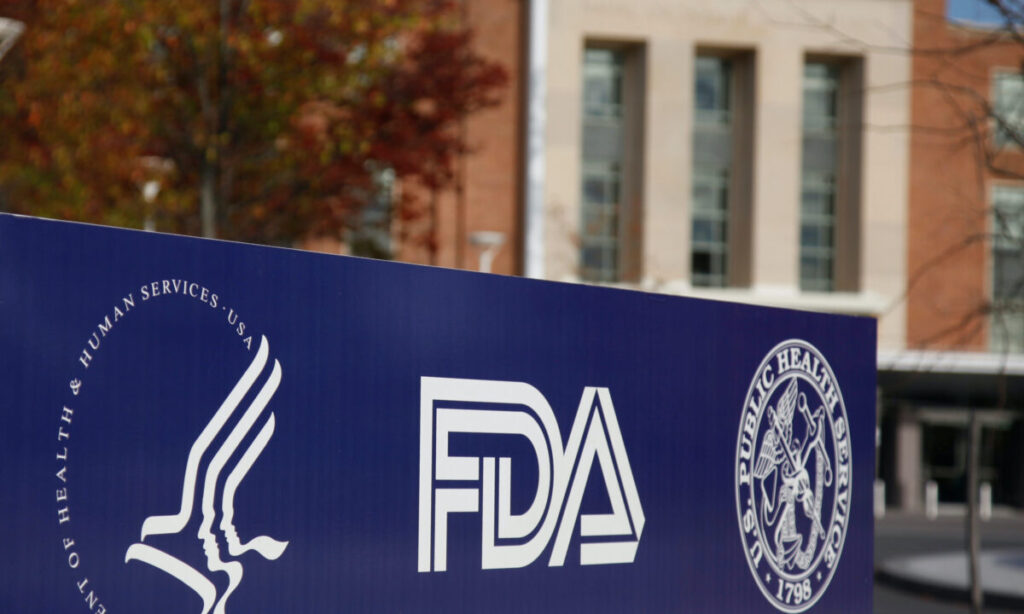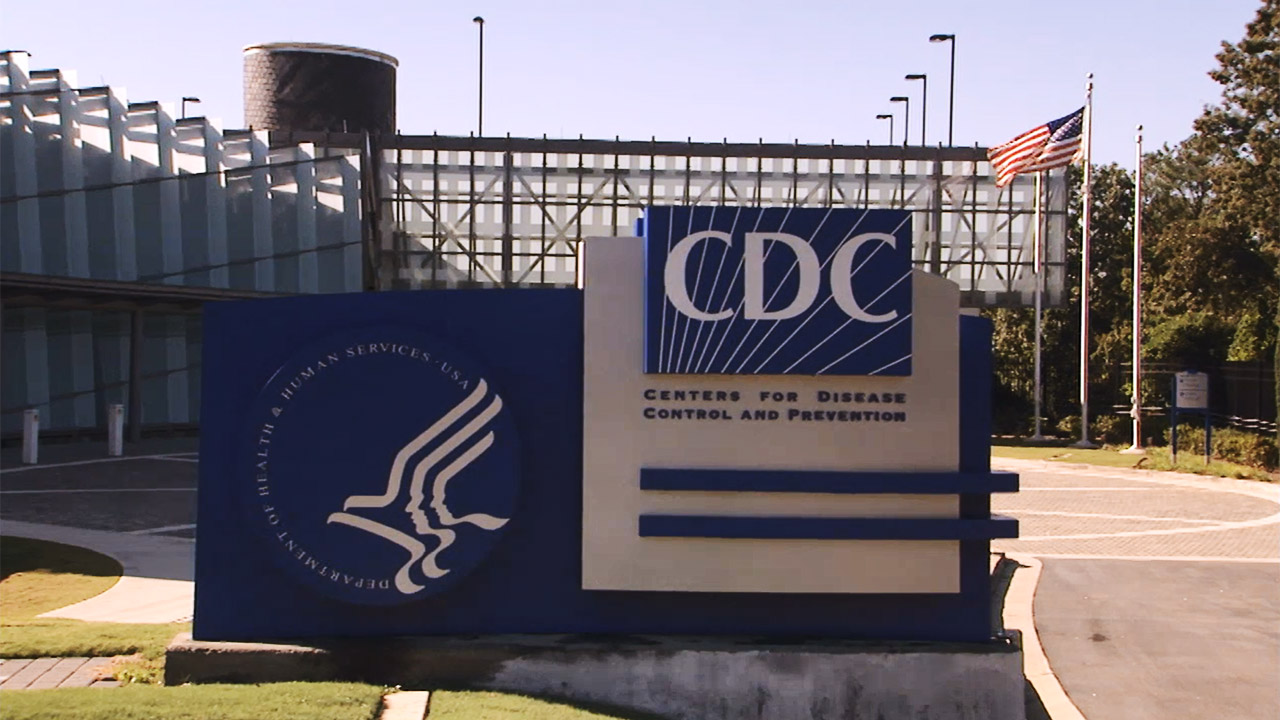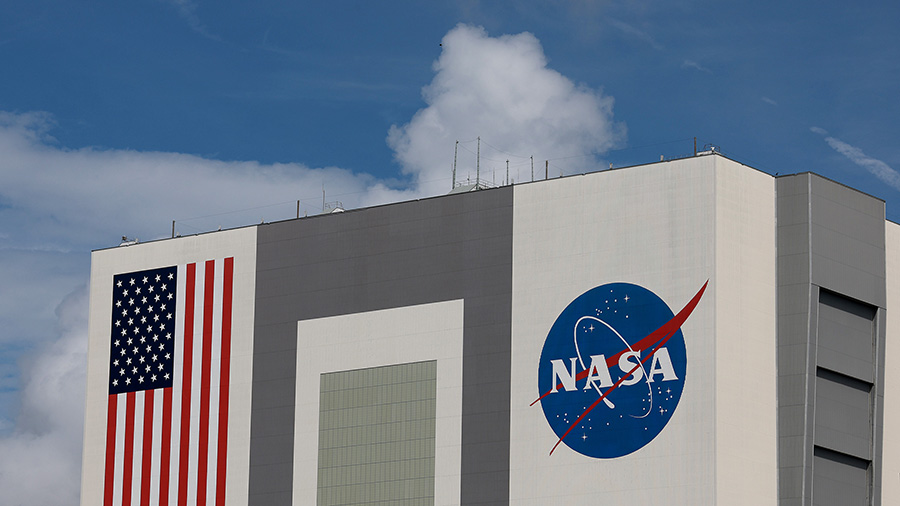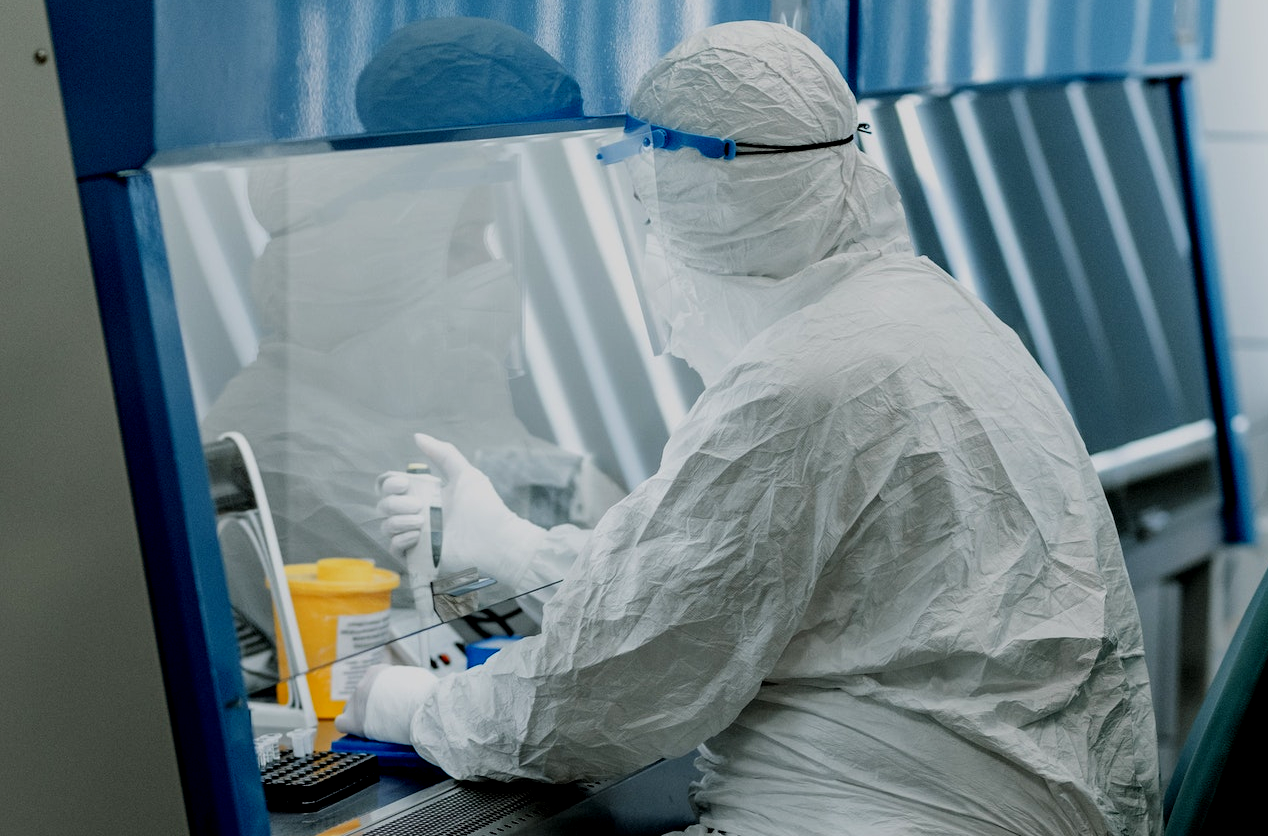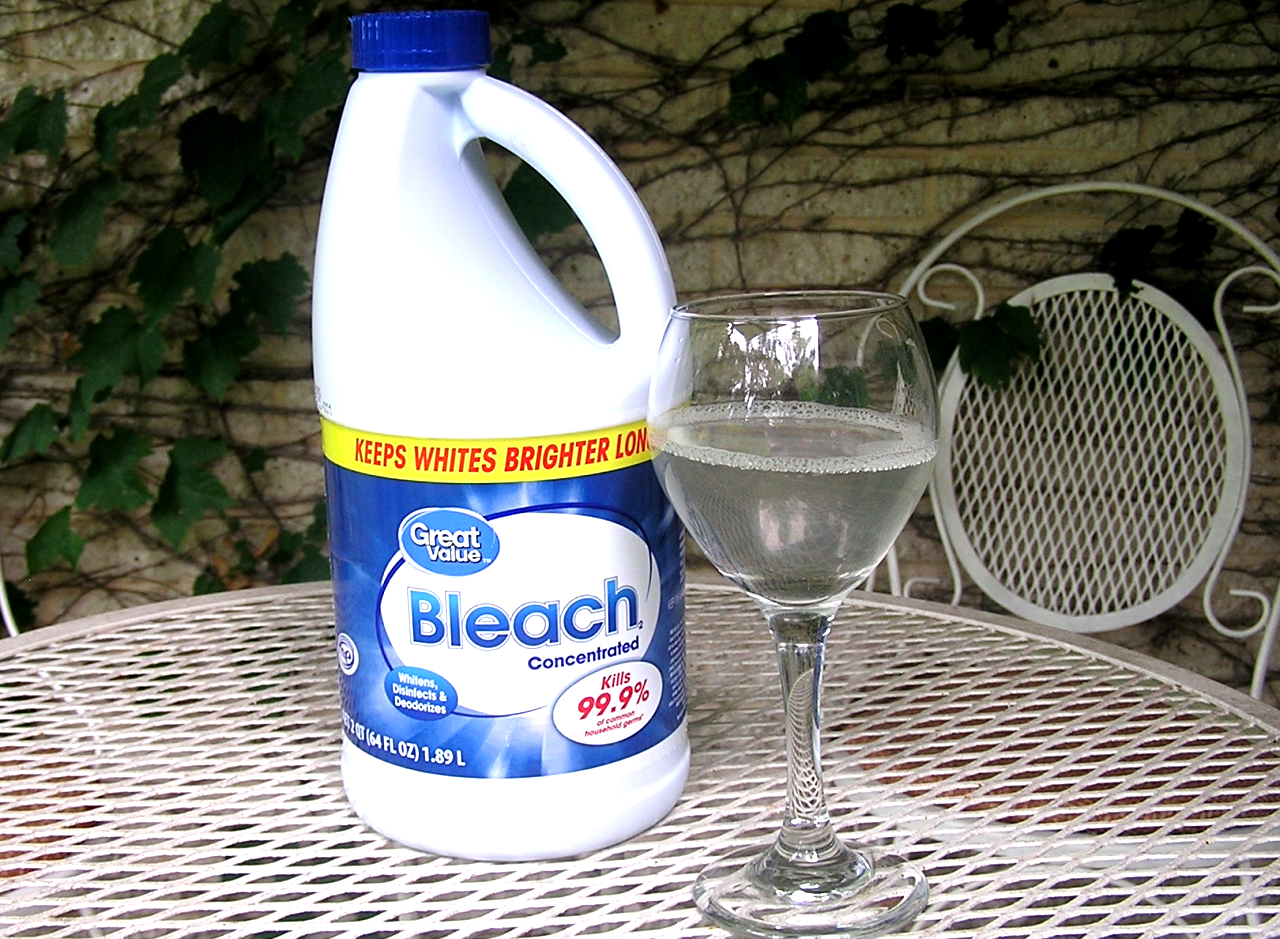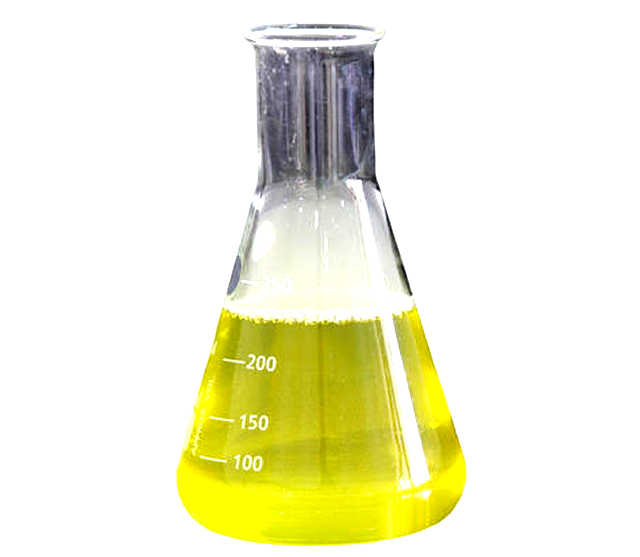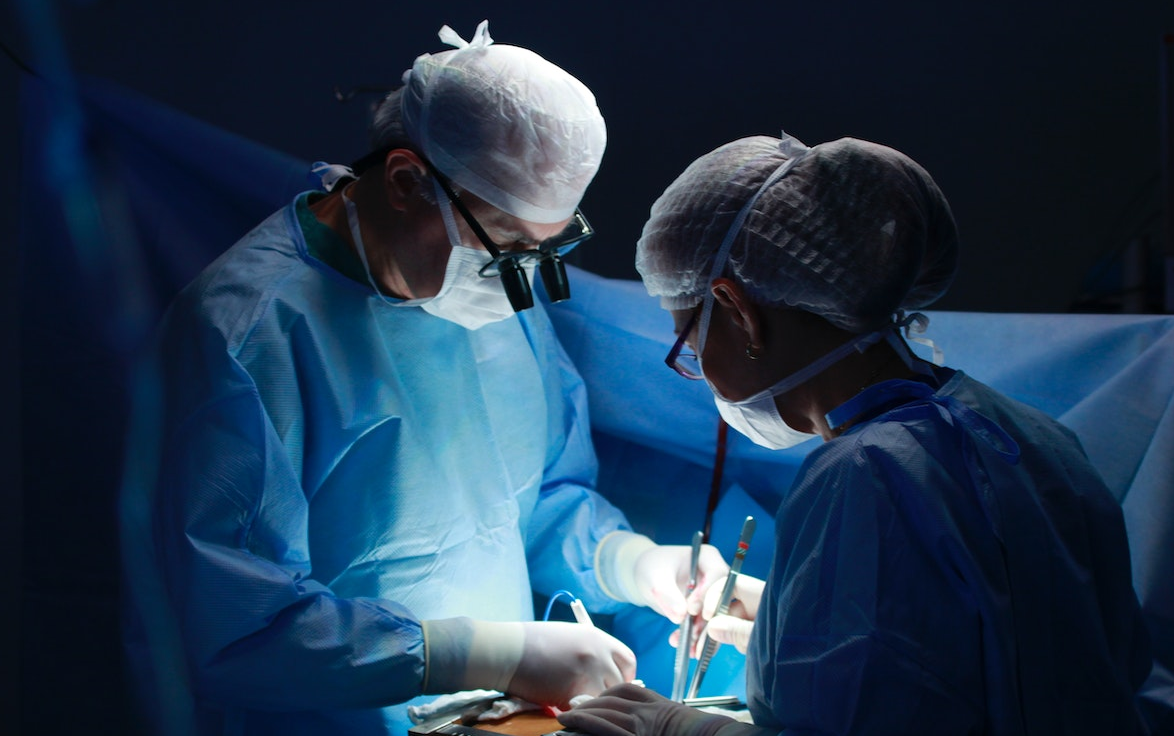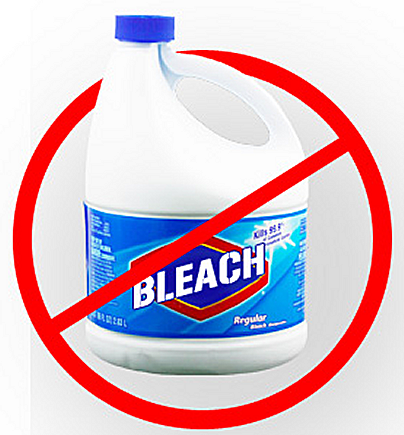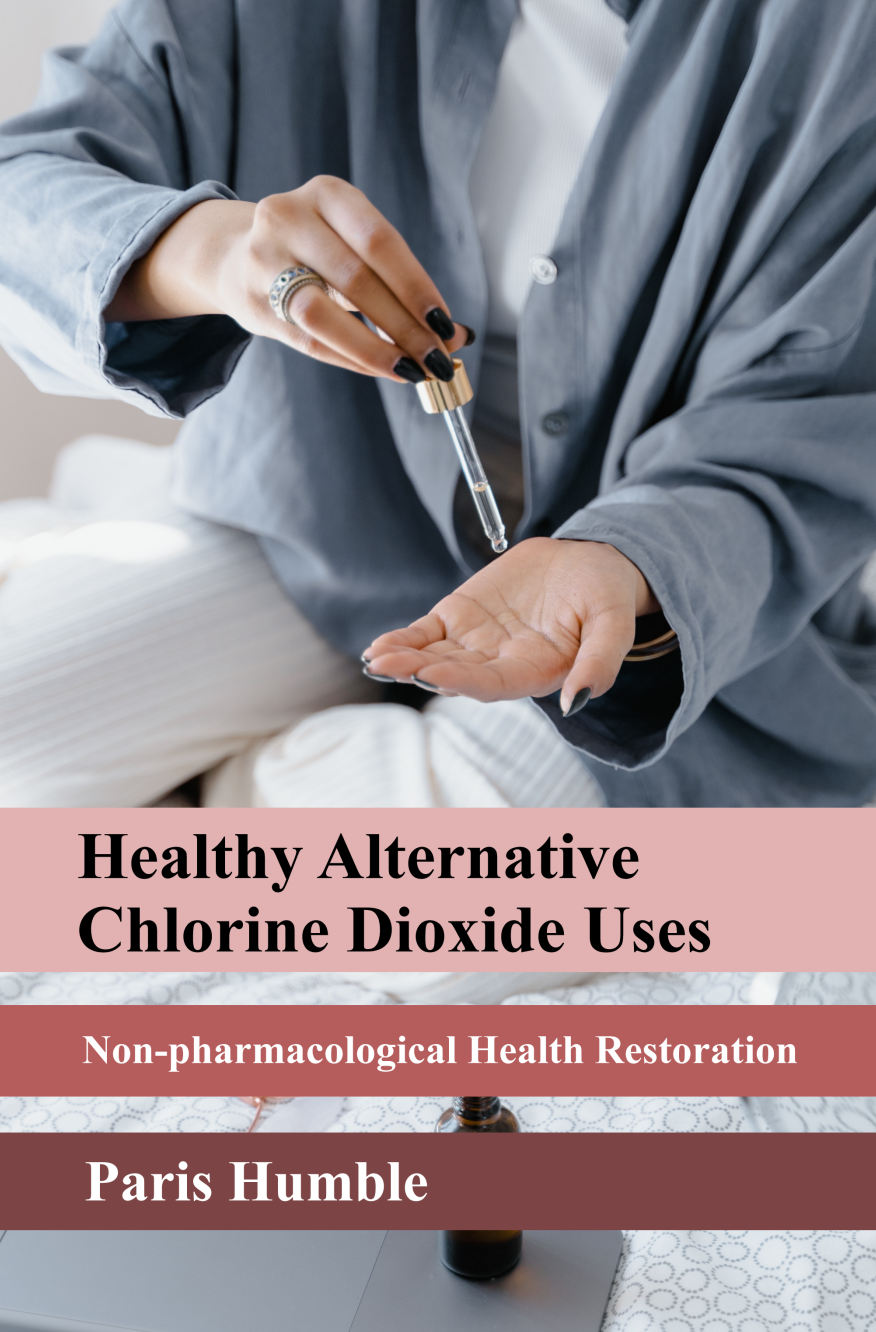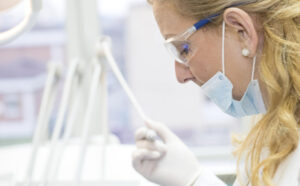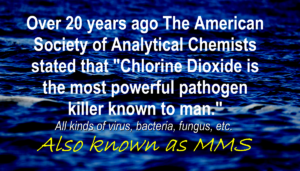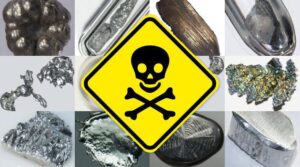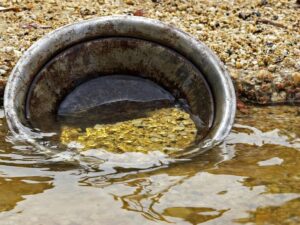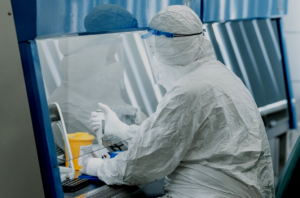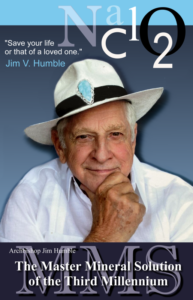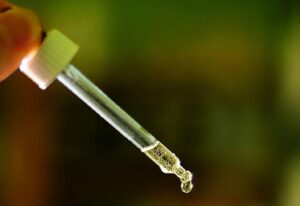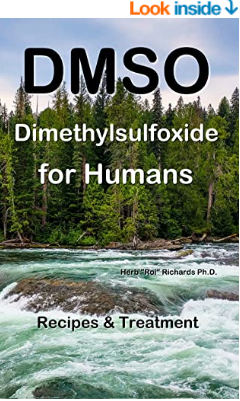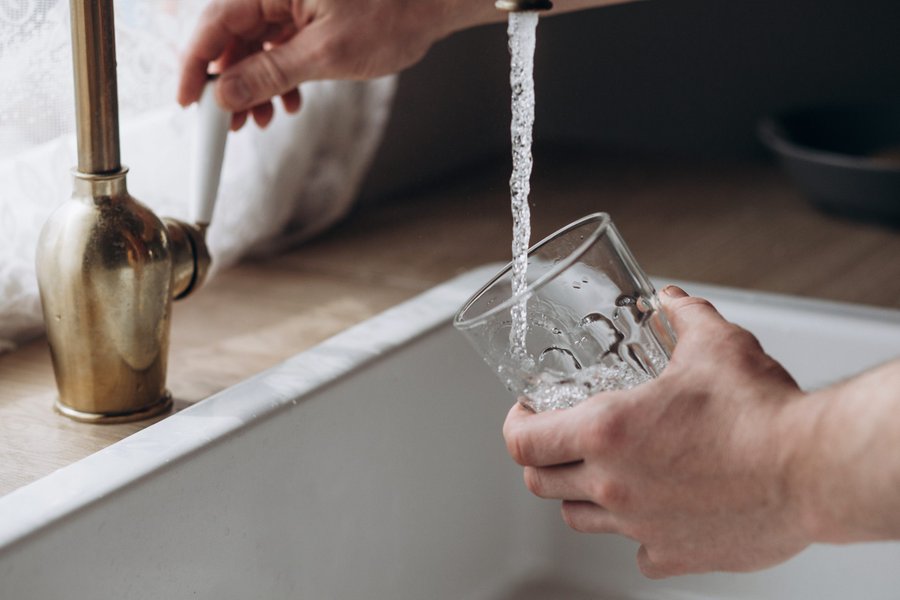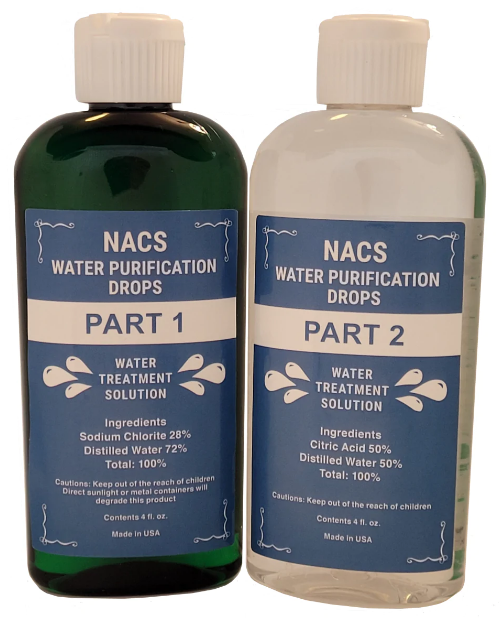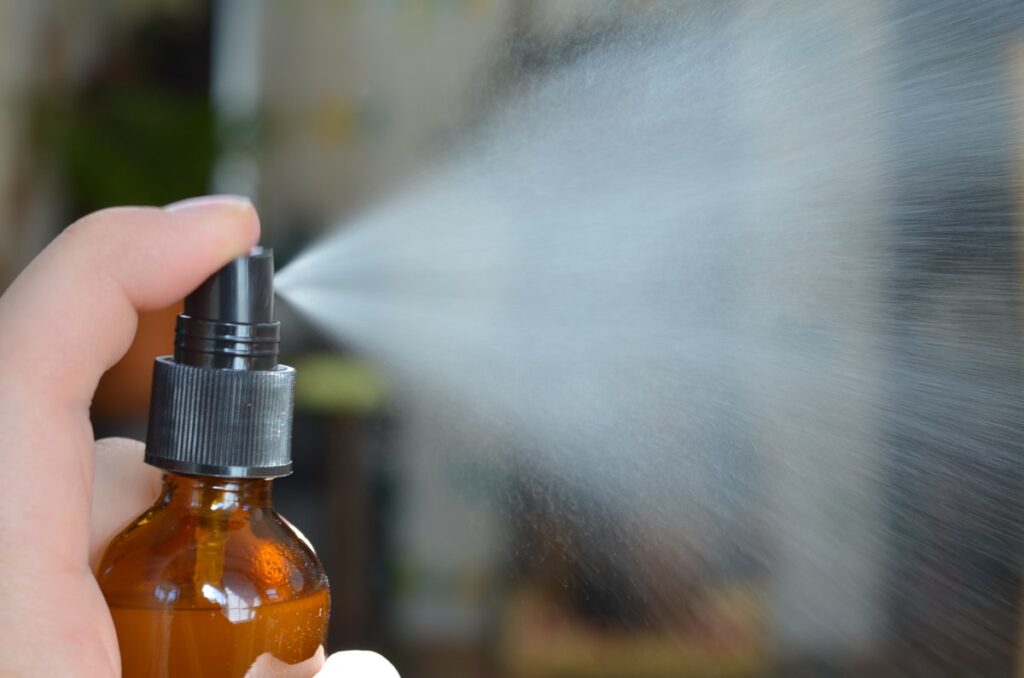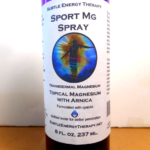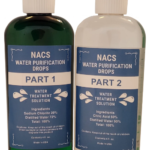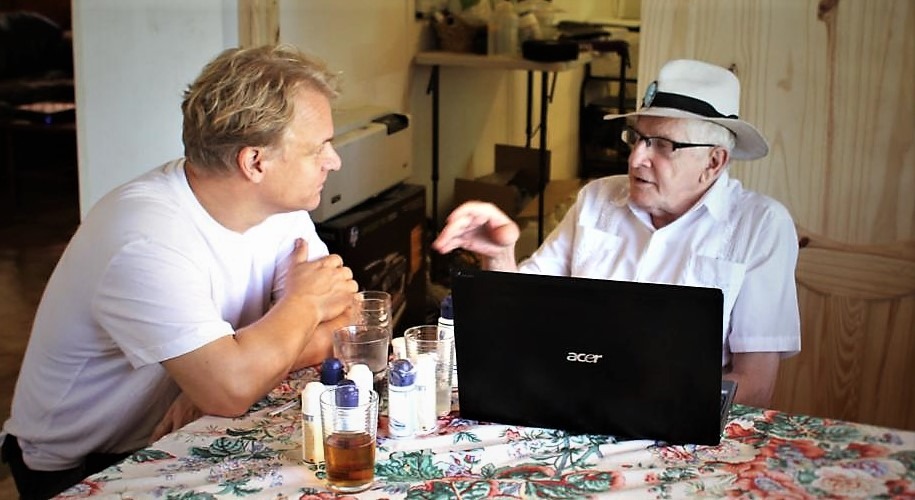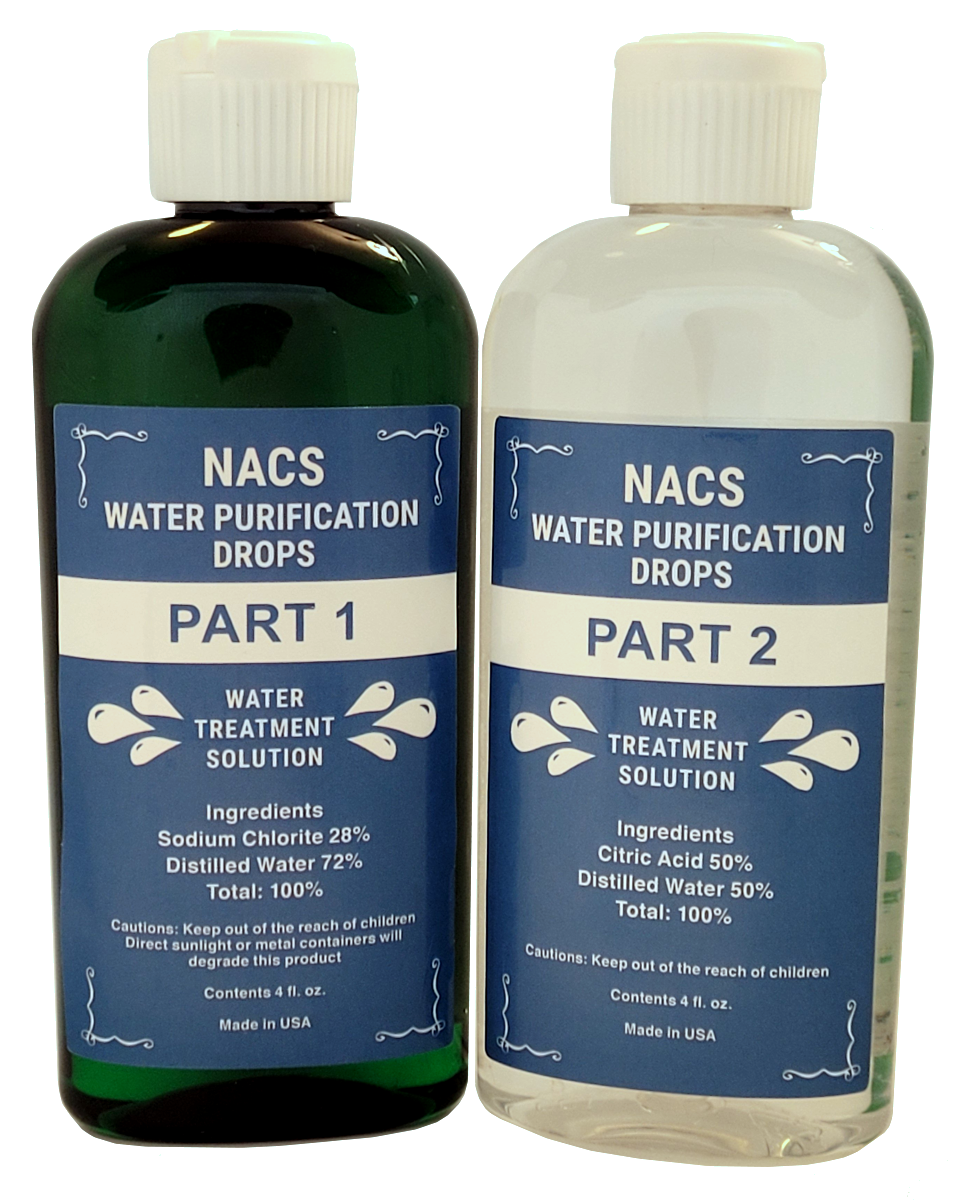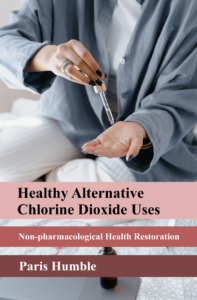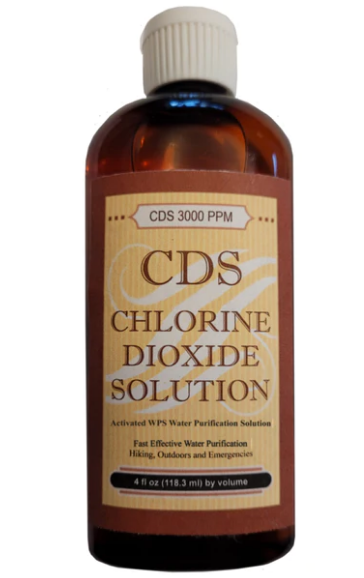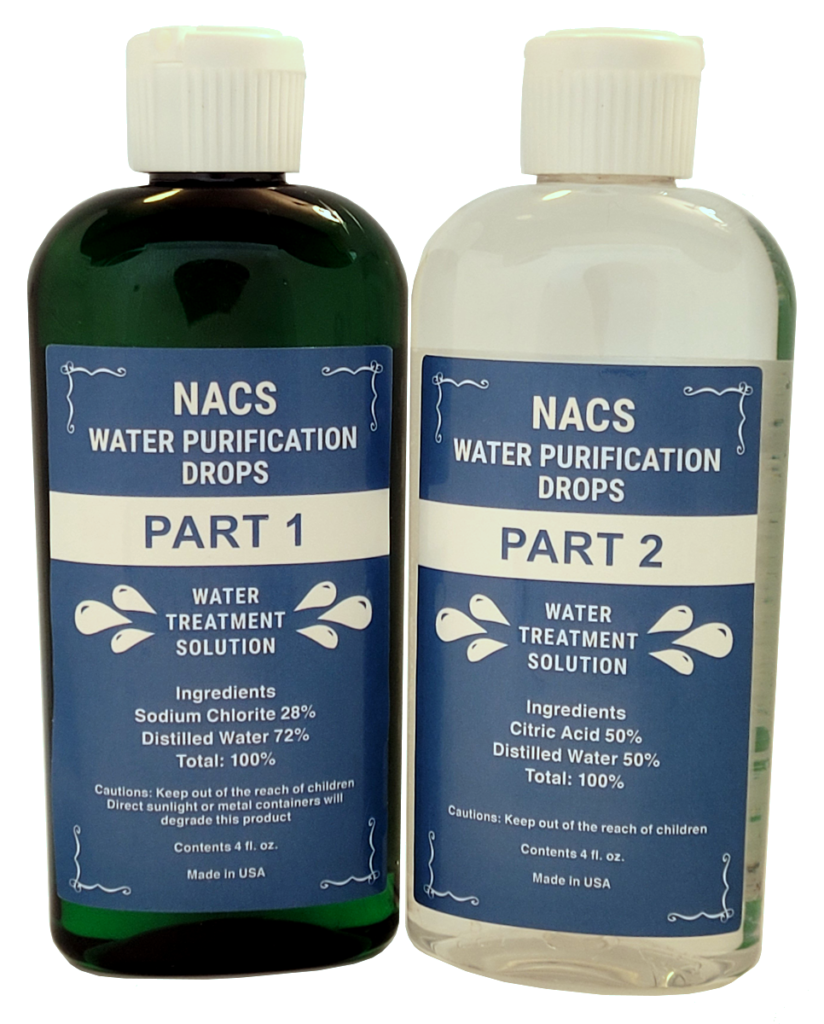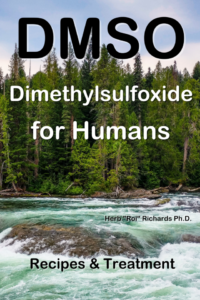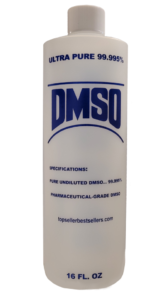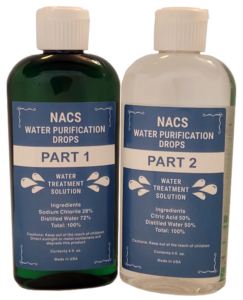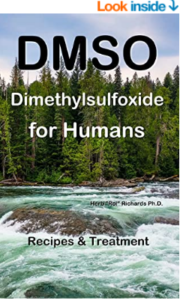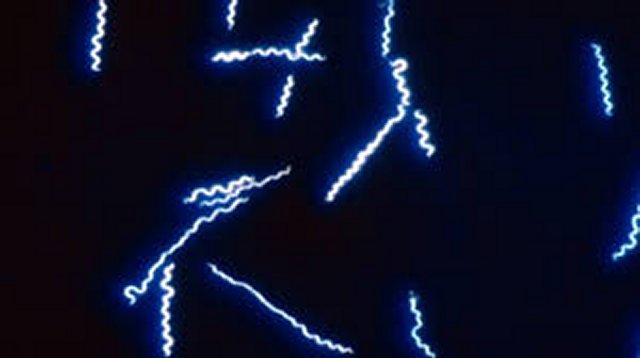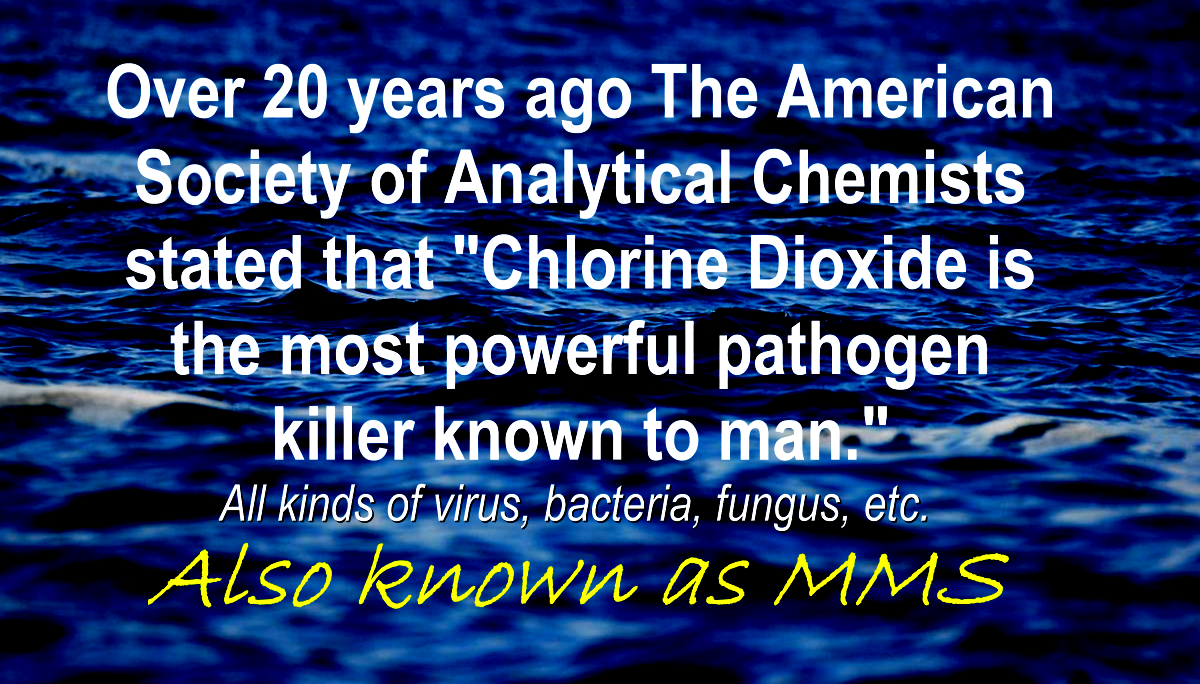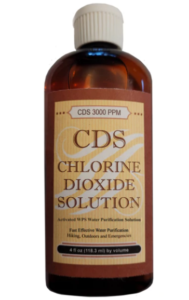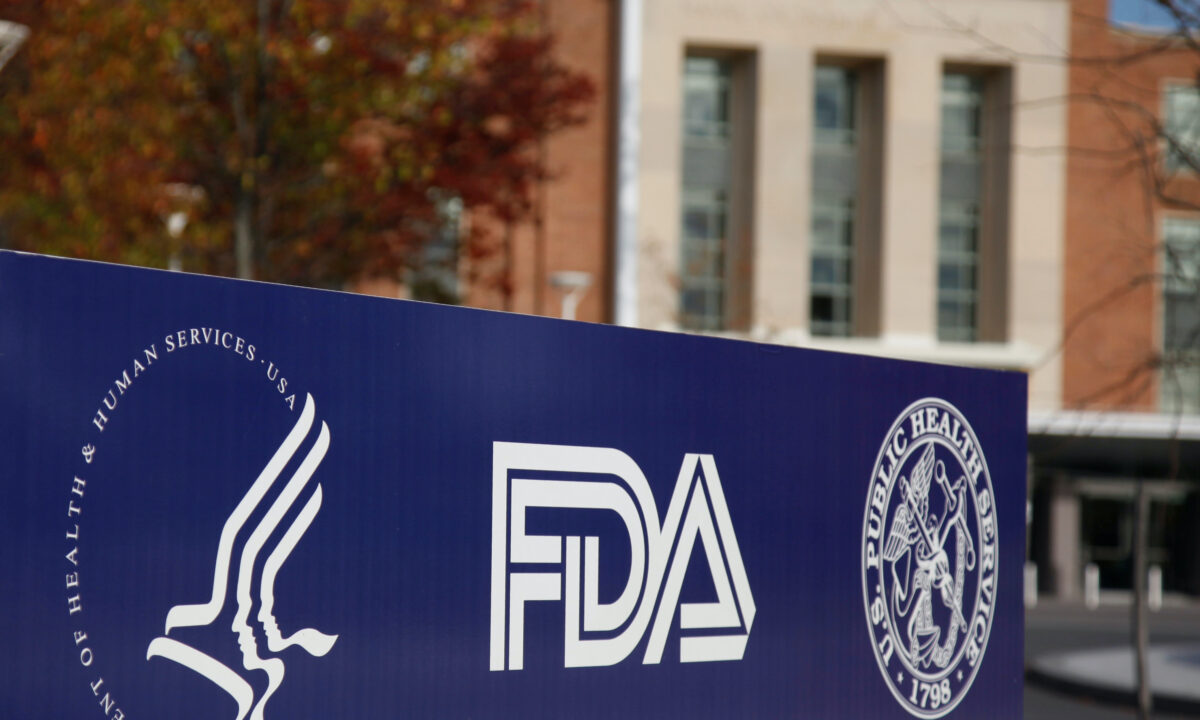In a noteworthy development, a 62-year-old Florida man and his three sons, aged between 26 and 34, found themselves apprehended by federal authorities at gunpoint. The charges stemmed from their alleged involvement in selling toxic bleach under the guise of a fake “miracle” cure for COVID-19.(a) The family, closely affiliated with Jim Humble, faced arrest for actively promoting chlorine dioxide, referred to as MMS by Humble, as a potential remedy for the ongoing pandemic.

As the case has yet to go to court, the exact reasons prompting the arrests remain uncertain. However, it is evident that a cease-and-desist order was issued to the family, an order they opted to disregard. This decision alone could have contributed to the subsequent arrest.
The primary accusations seem to revolve around the content hosted on the website of their non-religious church, accessible at https://www.genesis2chile.cl/. The legal proceedings will likely shed light on whether the family’s actions teeter on the delicate balance between exercising free speech and engaging in medical practices without a license, with potential implications for their adherence to FDA regulations. The court proceedings will be instrumental in determining the outcomes and consequences of these charges.(1)
Drilling Down Regarding the Grenon Family Arrests
The emergence of the coronavirus in late 2019 escalated into the widespread COVID-19 pandemic across the United States in 2020. A fervent member of Humble’s church and their family passionately asserted that Humble’s MMS held the capability to eradicate the coronavirus and shield individuals from COVID-19.
FDA Intervention
In April 2020, the FDA took decisive action by issuing an order, demanding an immediate halt to the dissemination of false information about chlorine dioxide—a substance as hazardous as drinking bleach—as a potential treatment for the coronavirus.
Despite the FDA’s directive, the family, steadfast in their belief in chlorine dioxide’s potential to aid those grappling with the epidemic, disregarded the order and persisted in spreading their message.
Grenon Family Arrests Related to Chlorine Dioxide
On July 9, 2020, brothers Jordan and John Grenon were arrested, and on August 11, 2020, brother Joseph and their father Mark Grenon faced arrest for non-compliance, alongside a host of other charges, placing the Grenon family in custody.
FDA’s Stance
The FDA categorically asserts that MMS (chlorine dioxide) can be lethal, drawing a parallel to drinking bleach. The April injunction was prompted by reports indicating that individuals required hospitalization, experienced life-threatening conditions, and, tragically, lost their lives after ingesting MMS.
Prosecutors have alleged that at least seven Americans died as a result of using MMS/chlorine dioxide. Additionally, authorities have documented dangerous reactions such as vomiting, diarrhea, and life-threatening low blood pressure linked to the consumption of MMS/chlorine dioxide.
The FDA has issued a stark notice, urgently advising individuals to cease consuming MMS or similar products immediately.(2)
MMS Chlorine Dioxide and Viral Efficacy
The recognition of chlorine dioxide (ClO2) as a potential agent against viruses gained traction with the emergence of the Coronavirus outbreak in late 2019, evolving into the enduring COVID-19 pandemic. In an April 1, 2020 clinical trial, the effectiveness of oral chlorine dioxide in treating COVID-19 was assessed by adding 10 ml of 3000 ppm chlorine dioxide to 1 liter of water daily for a week.
Legal Consequences in Florida
The Grenon family played a prominent role in spreading the notion that chlorine dioxide could effectively combat the Coronavirus. Consequently, on July 8, 2020, they were arrested for persistently spreading this information, defying FDA warnings about the dangers of chlorine dioxide and its unsuitability for human consumption.
While the Grenons were confined, discussions about the efficacy of chlorine dioxide, referred to as MMS, continued to circulate.
Chlorine Dioxide Before the Pandemic
Before the pandemic, as early as January 2008, research had already identified chlorine dioxide as an effective defense against influenza. Studies on mice, conducted by Webby & Webster in 2003 and Webster et al. in 2007, explored its potential to combat the viral influenza A virus, especially the H5N1 subtype, in anticipation of new pandemic threats.
Since the Pandemic
Following the Grenons’ arrest, numerous provisional patents and US patents have been applied for and granted, showcasing the growing interest in chlorine dioxide applications:
• February 2, 2021: Chlorine dioxide gel disinfection and sterilization mobile robot (CN212445255U).
• September 8, 2021: Chlorine dioxide sustained-release product for killing coronavirus and its manufacturing method (KR102300013B1).
• November 23, 2021: Process of using chlorine dioxide for the attenuation and/or treatment of Coronavirus diseases, including COVID-19 (US11179415B1).
• December 16, 2021: Compound for the treatment of coronaviral infections (WO2021249667A1).
• December 17, 2021: Disinfection device for masks and mask disinfection device releasing chlorine dioxide (KR20210153241A).
• December 30, 2021: Composition for inhibiting binding of SARS-CoV-2 to ACE2 protein (WO2021261020A1). And many more.
The patent landscape suggests a growing interest in chlorine dioxide applications for various purposes, especially in the context of the ongoing pandemic. The question arises: Were the Grenons onto something?(3)
The Grenons Defied FDA Orders
In response, the FDA issued court orders instructing them to cease spreading such claims regarding the hazardous chlorine dioxide solution.(4) This family, based in Florida, sought to inform a concerned and distressed public about Humble’s MMS or chlorine dioxide as a viable method for both preventing and treating COVID-19. In response, they were promptly served with a cease-and-desist order, which they chose to disregard—an action that would later prove unwise. Subsequently, federal authorities obtained warrants to apprehend Mark Grenon and his sons, Jonathan Grenon, Jordan Grenon, and Joseph Grenon. The charges included manufacturing, promoting, and selling MMS (chlorine dioxide/ClO2) as a cure for COVID-19 and other diseases, as well as failing to comply with the previously issued cease-and-desist order.(6)
As a consequence, the father and his three sons were arrested and incarcerated, preventing them from making further assertions about chlorine dioxide’s purported antiviral properties. While acknowledging the substance’s potent antifungal/antiviral attributes on surfaces, the FDA emphasized its perilous nature and potential fatality if ingested orally.
Cure Assertions
As per reports, charging documents allege that the Grenons asserted the “dangerous substance” could not only cure COVID-19 but also various other serious diseases and disorders, such as cancer, Alzheimer’s, autism, multiple sclerosis, and HIV/AIDS.
Author Paris Humble, casts doubt on these claims, stating that it is widely acknowledged and documented that chlorine dioxide, or “MMS” as the Grenons refer to it, does not possess healing or curative properties. Instead, its primary function is to eliminate pathogens, bacteria, viruses, etc. If these elements are hindering the body’s natural healing process, chlorine dioxide might assist by removing them, thereby enabling the immune system to perform its designated role of healing the body.
Some proponents argue that chlorine dioxide is also an effective method for detoxifying the body of heavy metals. Paris recalls a time when, while traveling with her father, Jim Humble, they believed MMS was healing people based on testimonials and claims of individuals who asserted they were healed or cured by ingesting a few drops of chlorine dioxide in water. It was regarded as a miracle solution.
Charges Faced
So, what charges do the Grenons face? According to the criminal complaint affidavit, they are accused of:
• Manufacturing, promoting, and selling Miracle Mineral Solution (“MMS”).
• Instructing their customers to ingest MMS orally.
• Asserting that MMS can treat, prevent, and cure COVID-19 and other diseases.
• Establishing a “non-religious church” to evade government regulation of MMS.
• Failing to comply with court orders halting their distribution of MMS.
It is important to note that the Grenons are presumed innocent unless and until proven guilty in a court of law.(5)
Despite the fading prominence of Jim Humble, discussions on the effectiveness of chlorine dioxide (ClO2) persisted within the realms of alternative and natural health enthusiasts worldwide. New proponents, like the Grenon family, took up the cause with zeal, particularly energized by reports from MMS users claiming that this water purifier could effectively combat the coronavirus.
Chlorine Dioxide Today
Presently, chlorine dioxide is still deemed safe for applications such as water treatment, sanitization, acting as a biocide, and eliminating viruses in hospital settings. It is also commonly used in swimming pools and hot tubs.
However, the FDA maintains its stance that chlorine dioxide is dangerous and using it for healing purposes may be against the law. Despite this, there is an exception in New York City where, under specific circumstances, doctors may consider allowing patients to use chlorine dioxide water purification drops as a last resort when all other authorized treatments have been exhausted. Other municipalities or states may adopt similar policies.
Subsequent Developments
During the Grenons’ incarceration, various studies were conducted, and patents were filed exploring the use of chlorine dioxide as a potential treatment for the novel coronavirus, scientifically named “severe acute respiratory syndrome coronavirus 2” (SARS-CoV-2).
The ailment induced by the virus is denoted as “Coronavirus Disease 2019” (COVID-19). Research suggests that chlorine dioxide may exhibit the ability to eliminate the Coronavirus upon contact or within a timeframe of up to 30 seconds.
FDA Position
As of now, the FDA has not sanctioned any chlorine dioxide-based treatment for SARS-CoV-2/COVID-19 and vows to prosecute individuals involved in the introduction, delivery, or sale of any unauthorized and prohibited drugs of this nature.(4)
Nevertheless
While the current status of the Grenons’ legal situation is not explicitly mentioned, the exploration of chlorine dioxide continues through the filing of numerous patents, reflecting ongoing interest in its potential applications.
For those seeking more patent information, conducting a search on Google Patent Search reveals that over 100,000 patents have been filed involving chlorine dioxide.
In conclusion, the evolving narrative around chlorine dioxide underscores the complexity and varied perspectives on its potential benefits, raising important questions about its role in addressing health challenges like COVID-19.
Updates
See:
